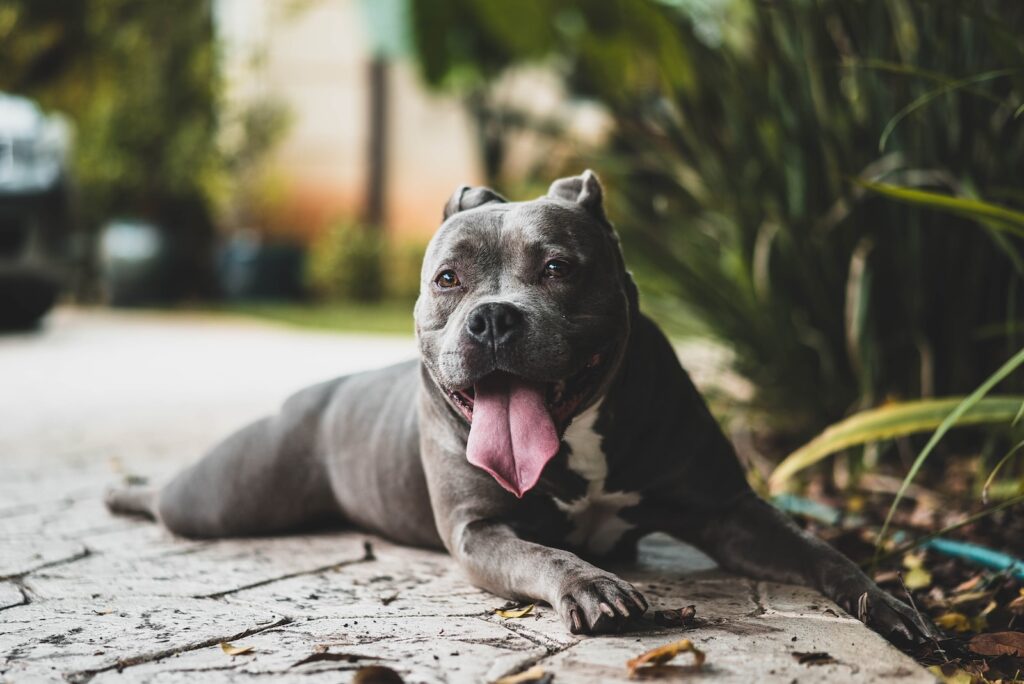Can Dogs Eat Catnip? — Yes, They can
Yes, dogs can eat catnip, but it’s important to note that catnip is primarily intended for cats and has different effects on dogs. While catnip is generally safe for dogs to consume, it may not have the same stimulating effect that it has on cats.
Can Puppies Eat Catnip?
Yes, puppies can eat catnip, but as with adult dogs, they may not experience the same reactions as cats. It’s important to monitor puppies when introducing them to catnip for the first time and ensure they do not consume excessive amounts.
Things to consider when feeding catnip to puppies?
When feeding catnip to puppies, it’s crucial to start with small amounts and observe their reaction. Some puppies may show heightened excitement or playful behavior while others may not show any significant response. Additionally, it’s essential to ensure that the catnip is fresh and free from any contaminants.
Nutritional Benefits of Catnip for Dogs — Why Catnip is Good for Dogs? /Why Dogs can have Catnip
1. Promotes Relaxation and Anxiety Relief
Catnip contains a compound called nepetalactone, which acts as a natural sedative for dogs. It can help reduce anxiety and promote relaxation, especially in stressful situations such as fireworks or thunderstorms.
2. Aids in Digestion
Catnip can have digestive benefits for dogs. It can help stimulate appetite, ease indigestion, and reduce gas and bloating.
3. Provides Mental Stimulation
Chewing on fresh catnip leaves or using catnip-infused toys can provide mental stimulation for dogs. It can help alleviate boredom and provide a healthy activity for them.
4. Natural Insect Repellent
Catnip has natural insect repellent properties, which can help keep bugs like mosquitoes and fleas away from dogs.
5. Aromatic and Enjoyable
Even if dogs do not have the same response to catnip as cats, they may still find the aroma of catnip pleasant and enjoyable.
Potential Allergies: Can Dogs Be Allergic to Catnip?
While rare, some dogs may be allergic to catnip. It’s important to monitor for any signs of allergic reactions such as skin irritation, excessive itching, or gastrointestinal upset.
Symptoms of Catnip Allergies in Dogs
- Hives: Dogs may develop small, itchy bumps on their skin.
- Excessive Itching: Dogs may scratch excessively due to skin irritation.
- Gastrointestinal Upset: Some dogs may experience vomiting or diarrhea after consuming catnip.
What to Do If Your Dog Shows Symptoms?
- Discontinue Use: If your dog shows any allergic symptoms, stop giving them catnip immediately.
- Consult a Veterinarian: If the symptoms persist or worsen, seek guidance from a veterinarian for proper diagnosis and treatment.
- Treat Symptoms: Provide relief to your dog’s discomfort by soothing the skin with a cold compress or using an anti-itch spray. Make sure to follow the veterinarian’s advice.
Recommended Amount: How Much Catnip Can a Dog Consume?
When giving catnip to dogs, it’s recommended to start with small amounts. A pinch of dried catnip leaves or a few fresh leaves should be sufficient. Monitor their response and adjust the quantity accordingly.
Things to Consider When Feeding Catnip to Dogs
While catnip is generally safe for dogs, it’s essential to keep the following considerations in mind:
- Offer Moderately: Avoid giving excessive amounts of catnip, as it may cause gastrointestinal upset in some dogs.
- Choose Quality Catnip: Ensure the catnip is fresh, free from any pesticides or contaminants that could be harmful to your dog.
- Observe for Individual Reactions: Dogs may have varying responses to catnip. Monitor their behavior and discontinue use if any negative reactions occur.
- Avoid Overstimulation: Be cautious if your dog becomes overly stimulated or shows signs of agitation after consuming catnip.
How to Feed Catnip to Dogs: A Quick Guide
Introducing catnip to dogs can be a delightful experience. Here are a few ways you can offer catnip to your furry friend:
Stuffed Toys
Fill a small stuffed toy with dried catnip leaves and allow your dog to interact with it.
Scatter on the Ground
Sprinkle a pinch of dried catnip on the floor or grass for your dog to explore and sniff.
Homemade Treats
Create homemade dog treats using catnip-infused recipes. Make sure the recipes are safe and suitable for your dog’s dietary needs.
Conclusion
While catnip may not have the same effect on dogs as it does on cats, it can still provide benefits for them. Catnip can promote relaxation, aid in digestion, provide mental stimulation, act as a natural insect repellent, and offer an enjoyable experience for dogs. However, it’s important to monitor your dog’s response and discontinue use if any adverse reactions occur. Always consult with a veterinarian if you have any concerns or questions about introducing catnip to your dog.






